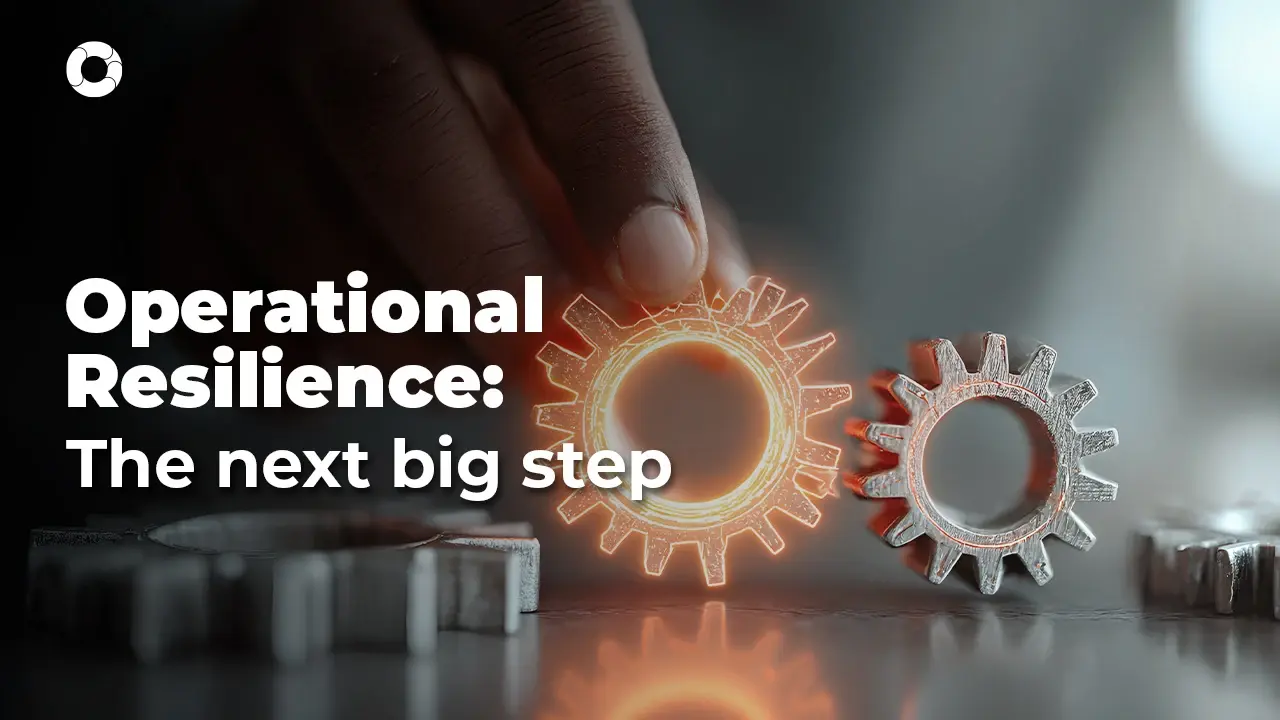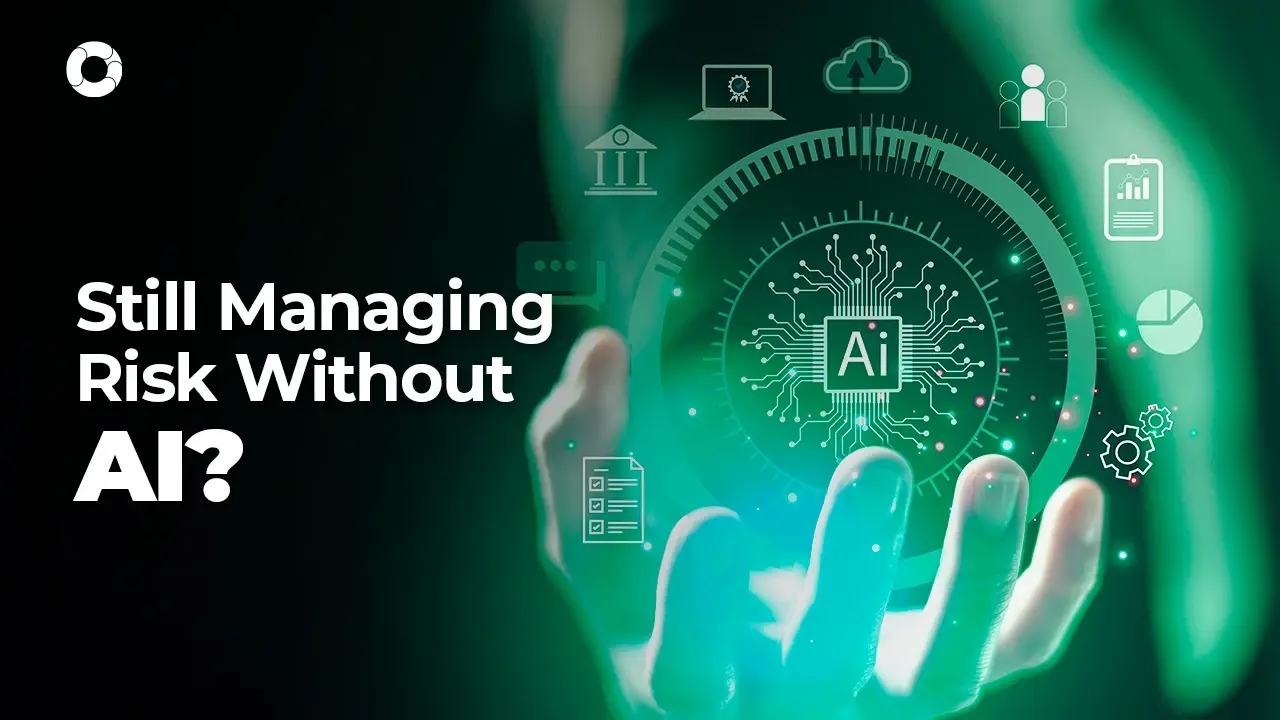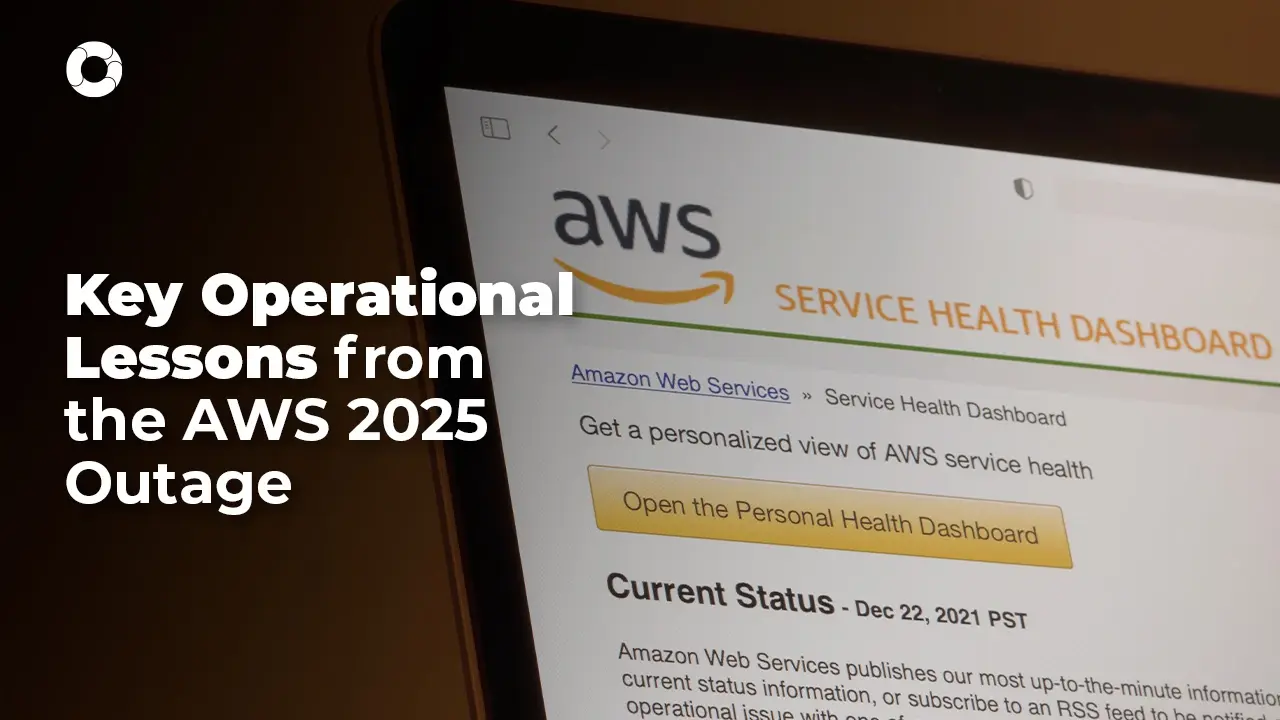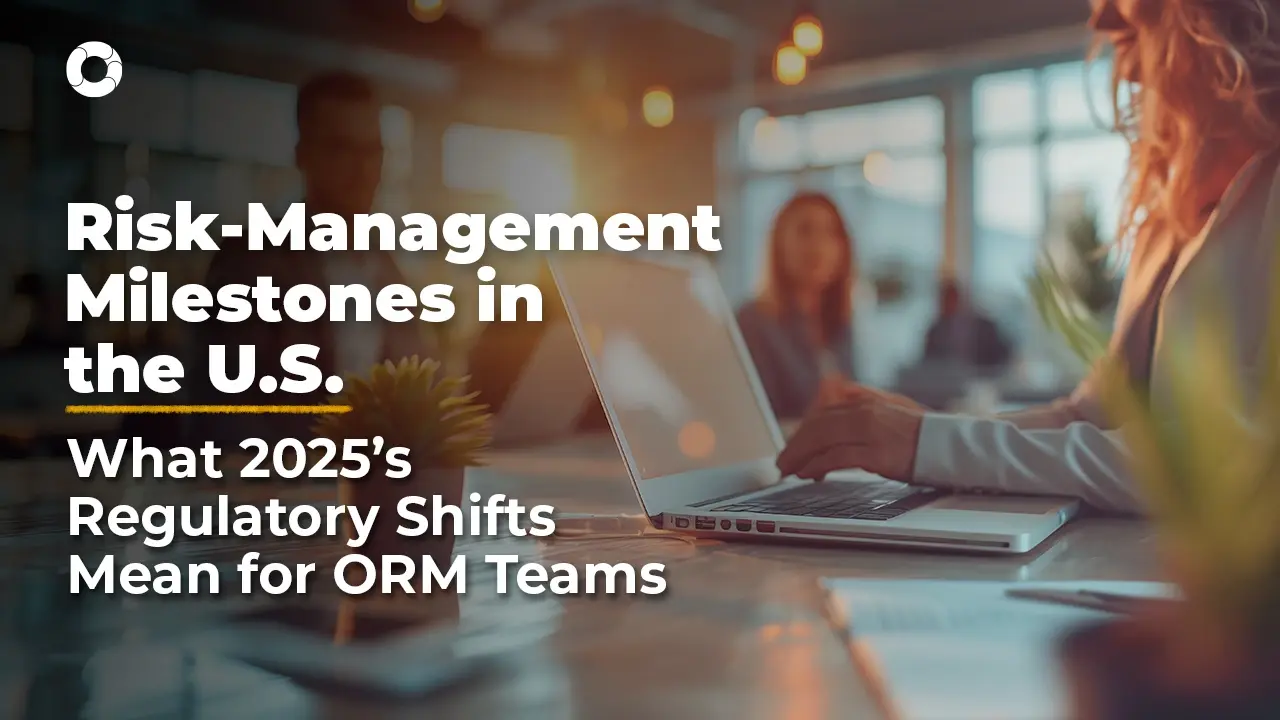AI in Risk Management: From Opportunity to Governance Challenge
Artificial intelligence is transforming how organizations identify, measure, and mitigate risk. Across industries, from banking to manufacturing, AI systems are now embedded in everything from fraud detection and credit scoring to operational monitoring and third-party assessments.
According to the American Bankers Association Journal, more than 70% of large U.S. financial institutions have already implemented some form of AI or machine learning in their risk functions—mostly for real-time data analysis, anomaly detection, and predictive modeling.
At the same time, McKinsey’s 2024 State of AI in Risk Report notes that nearly half of these organizations lack clear governance frameworks for their AI use. AI brings efficiency and foresight—but without governance, it introduces opacity and exposure.

|
Content |
How AI is transforming risk management
AI is revolutionizing multiple dimensions of enterprise risk.
In operational risk, algorithms can analyze process deviations and detect potential failures before they occur. In credit and market risk, machine learning models identify non-obvious correlations across thousands of data points to refine stress tests and forecast exposures.
In compliance and anti-money laundering, AI automates the detection of suspicious behavior across millions of transactions, cutting manual reviews dramatically. And in third-party and ESG risk, AI-driven tools track media sentiment, public disclosures, and supplier networks to flag vulnerabilities earlier.
This shift enables risk teams to move from reactive analysis to proactive detection and continuous monitoring. As noted by Deloitte Global in its 2024 report AI and Risk Management:, the growing use of AI offers transformative efficiency gains for financial institutions but also heightens exposure if governance and model oversight are not built in from the start. In other words, the same algorithms that accelerate insight can also amplify uncertainty when deployed without proper controls.
The hidden side: AI as a new source of operational risk
Every innovation brings new vulnerabilities. When deployed without sufficient oversight, AI systems can become a new vector of operational risk, amplifying uncertainty rather than reducing it.
Common challenges include:
- Opacity (“black-box” models) – AI decisions are often difficult to explain or audit.
- Data bias – models trained on skewed data can produce discriminatory or erroneous outcomes.
- Model drift – predictive accuracy degrades as external conditions evolve.
- Regulatory exposure – missing documentation or validation breaches laws governing model risk or data use.
- Reputational damage – as seen in Deloitte Australia’s 2025 case, where an AI-generated government report included fabricated information, leading to public criticism and a contract refund.
The NIST AI Risk Management Framework 1.0 warns that such failures emerge when organizations lack traceability and lifecycle controls for their models. In short, AI can fail silently—and at scale.
The regulatory response: governing AI like any other critical model
Regulators worldwide are establishing guardrails to manage these emerging risks.
In the United States, the White House Executive Order on Safe, Secure, and Trustworthy AI (Oct 2023) set national principles for transparency, bias testing, and data integrity across agencies. Complementing it, the NIST AI RMF provides a voluntary framework structured around four functions—Govern, Map, Measure, Manage—now widely referenced by regulators and enterprises.
In the European Union, the AI Act (adopted 2024) introduces a risk-based classification system and mandates documentation, testing, and human oversight for “high-risk” applications
Globally, ISO/IEC 42001:2023 sets out the first standardized management-system approach for AI governance, aligned with ISO 31000 principles of enterprise risk management.
Governance in practice: integrating AI into the risk framework
Translating those frameworks into action requires embedding AI governance within the organization’s operating model.
Five practical steps:
- Map every AI use case – from chatbots to credit decisioning.
- Assess criticality – estimate financial, reputational, and compliance impacts.
- Validate and control – conduct independent testing, track versions, and document explainability.
- Integrate AI into the risk register – assign owners, metrics, and incident tracking.
- Ensure human oversight – define escalation paths and accountability for AI-driven decisions.
As the Harvard Business Review observes, “AI governance is not about slowing innovation—it’s about keeping human judgment in the loop.”
Turning AI risk management into competitive advantage
Organizations that implement AI governance effectively can turn compliance into capability.
Early adopters are already realizing gains in efficiency, regulatory confidence, and stakeholder trust. AI does not replace the role of risk professionals—it enhances it, allowing them to focus on strategic decision-making instead of data triage.
Platforms like Pirani make this integration tangible by:
Registering AI models within the enterprise risk framework.
- Linking controls, accountability, and evidence of validation.
- Tracking incidents and performance metrics (bias, drift, reliability).
- Connecting AI oversight to broader operational-risk and compliance dashboards.
- The future of risk management is not automated—it’s augmented.
Schedule a demo, to see how Pirani helps organizations embed AI governance into operational resilience.
Artificial intelligence has become essential to modern risk management—yet it also challenges the principles of transparency, accountability, and control that the discipline depends on. The next generation of resilient organizations will not be those using the most AI, but those that govern it best. Treating AI as a managed operational risk—mapped, monitored, and validated—will determine who thrives in the era of intelligent automation.
FAQ
- How is AI used in risk management today?
AI supports fraud detection, credit analysis, operational monitoring, and compliance automation, improving speed and precision in decision-making. - What are the main risks of using AI?
Opacity, bias, model drift, non-compliance with regulation, and reputational harm from unverified outputs. - Which frameworks guide AI governance?
The NIST AI RMF, the EU AI Act, ISO/IEC 42001, and the White House Executive Order on AI. - How can organizations manage AI responsibly?
By mapping AI use cases, assigning ownership, validating models, and integrating oversight into enterprise risk management systems. - How does AI risk management create business value?
It builds regulatory trust, enables safe innovation, and strengthens operational resilience.
Try Pirani now, create your free account 👇
Want to learn more about risk management? You may be interested in this content 👇
You May Also Like
These Related Stories

Operational Resilience: The Next Frontier in Risk Management

6 Practical Examples of Risk Management in Action

AI in Operational Risk: Enhancing Detection and Decision-Making

Operational Lessons from the 2025 AWS Outage

The Deloitte AI Failure: A Wake-Up Call for Operational Risk



No Comments Yet
Let us know what you think